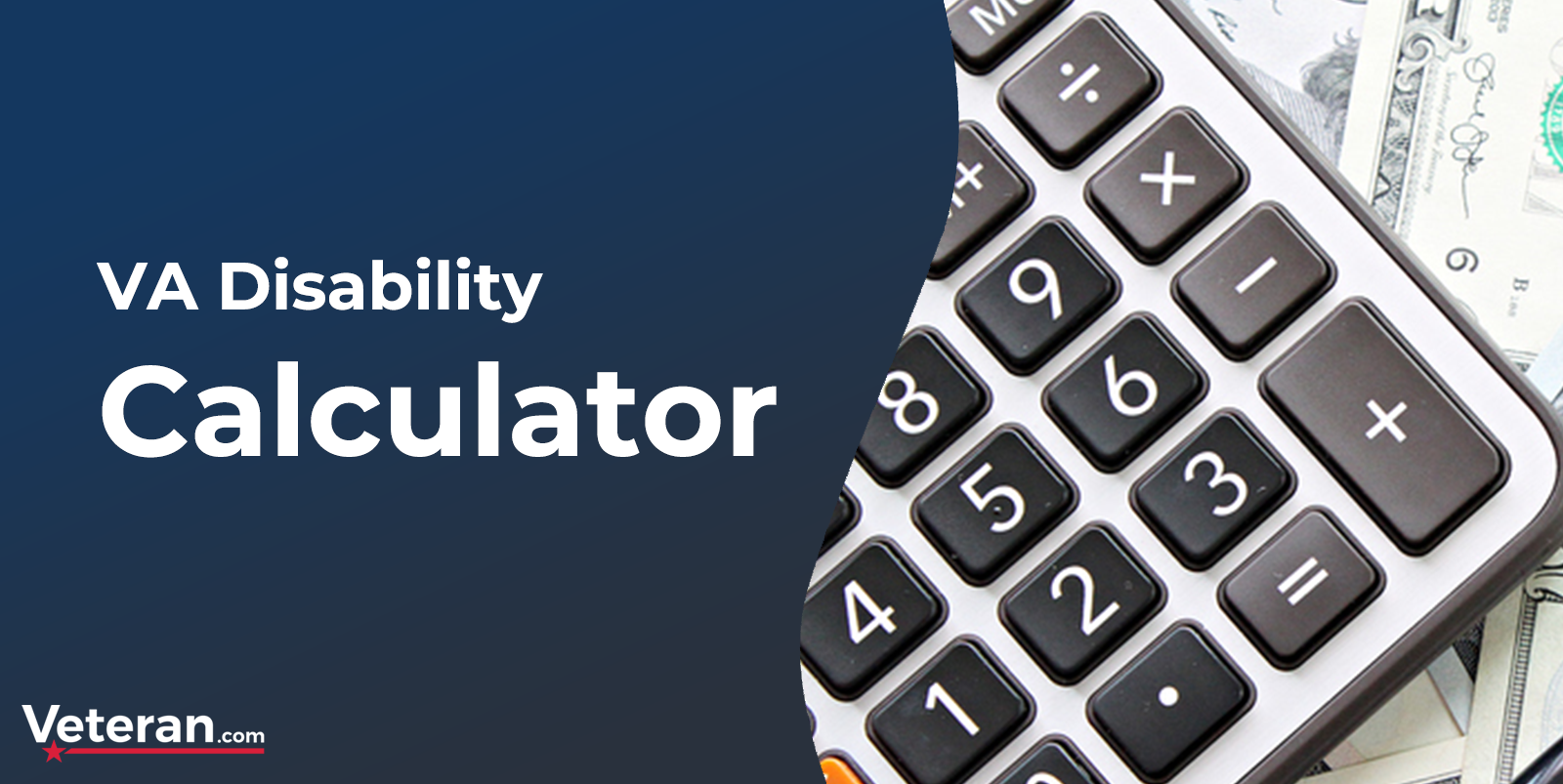Permanent Disability Retired List (PDRL)
Updated: July 20, 2021
What is the Permanent Disability Retired List or PDRL? The Defense Accounting and Finance Service says service members who enter the Disability Evaluation System, or DES, are subject to one of two classifications if they are not returned to duty after being evaluated.
One is to be placed on a Temporary Disability Retired List or TDRL, and see whether the condition improves or declines enough to warrant a change in status to either eligible to return to duty, or eligible to be placed on the Permanent Disability Retired List, or PDRL.
The other is to be placed directly on the PDRL. How do military members wind up on these lists?
When performing military duty, some service members get hurt or sick. They may require routine care, but in cases where the condition requires extended care the military medical establishment’s first order of business is to get the patient healthy again.
This is, presumably, to get them back on duty. But while this care is received the medical team may find it necessary to evaluate the patient to see if a return to duty is feasible, given the nature of the illness or injury.
The Disability Evaluation System
These evaluations happen through the Disability Evaluation System, which is designed to facilitate consistent evaluations on medical issues. In cases where military patients cannot return to duty, they can be placed on a “permanently disabled” retirement list or may be assigned to something called the Temporary Disability Retired List (TDRL).
In both cases, those placed on these “retired lists” are viewed as retired military members and are subject to the same perks and privileges.
Those on “retired” status get ID cards, base access, and other privileges from those who did not retire from military service, but separated before hitting enough time in service to draw military retirement pay.
It’s a bit obvious that one should not expect to remain on a temporary retired list indefinitely. There is one caveat–those on the TDRL have conditions that are not deemed “permanent” at the time of diagnosis; later re-evaluation of the condition may result in one of two things:
- Being declared no longer disabled
- Having status changed to indicate a permanent disability
But those on the PDRL are NOT expected to recover sufficiently to return to duty. What happens if you are added to the Permanent Disability Retired List?
The Defense Accounting and Finance Service (DFAS) reminds that not all who are evaluated will qualify for a military Disability Retirement, as we’ll explore below.
Qualifying for a Disability Retirement
When reviewed by a military Physical Evaluation Board, you will be awarded a disability percentage which, according to DFAS, helps determine “whether your disability qualifies you for retirement or separation”. When does disability retirement get approved in these cases?
- With less than 20 years of active service, a disability rating of 30 percent or more qualifies for retirement
- A disability rating below 30 percent will result in separation without retirement pay
- With 20 or more years of active service, retirement is recommended regardless of your disability rating
- In cases where a disability existed before entering the military, you will be recommended for discharge without benefits
Those who are on a Permanent Disability Retired List get access to the following the same as any military retiree:
- Participation in Survivor Benefit Plans
- Voluntary/involuntary allotments from retired pay
- Disability compensation from the Department of Veterans Affairs
DFAS advises those who meet additional requirements may also qualify for Combat-Related Special Compensation or Concurrent Retirement and Disability Pay.
In cases where a patient’s condition places them on the Temporary list but the condition stabilizes at a disability rate of 30% or higher, that person is transferred to the Permanent list. Those on the PDRL will have retirement pay computed one of two ways:
- Using your disability percentage, referred to as Method A.
- Using your years of active service, referred to as Method B.
Retirement pay in these cases “will be computed based on whichever method is more beneficial for you” according to DFAS literature. For those who have been transferred to the Permanent list from the Temporary one, retirement pay is recalculated with the most current disability rating.
 Joe Wallace is a 13-year veteran of the United States Air Force and a former reporter for Air Force Television News
Joe Wallace is a 13-year veteran of the United States Air Force and a former reporter for Air Force Television News
Most Popular VA Disability Articles

2024 VA Disability Rates

2024 VA Disability Calculator

2024 VA Disability Pay Dates

How to apply for VA Disability Pay

2024 Cost-of-Living Adjustments (COLA)

2024 VA Pension Rates

2024 DIC Benefits and Rates

VA Disability Back Pay


































































